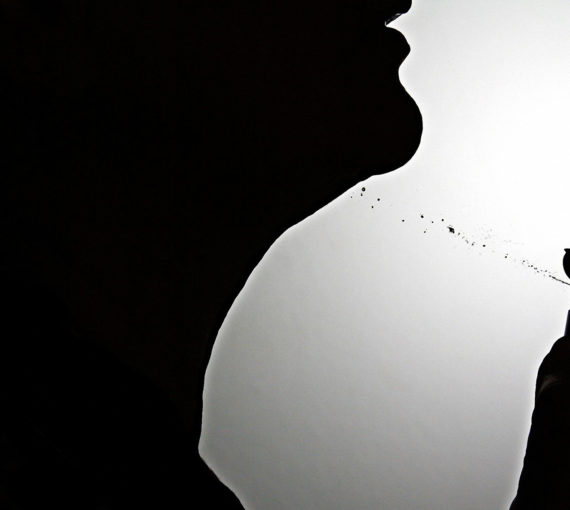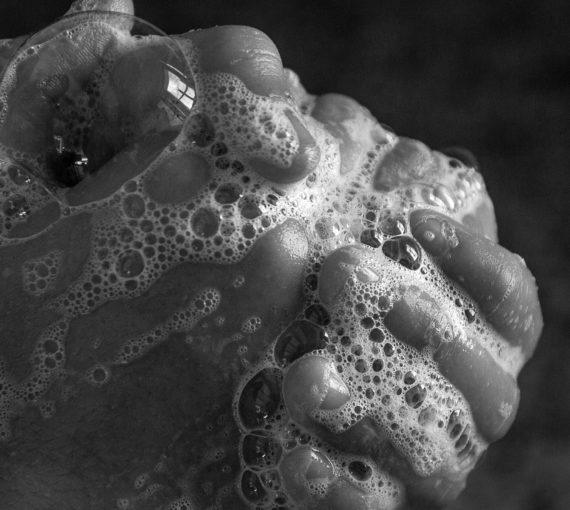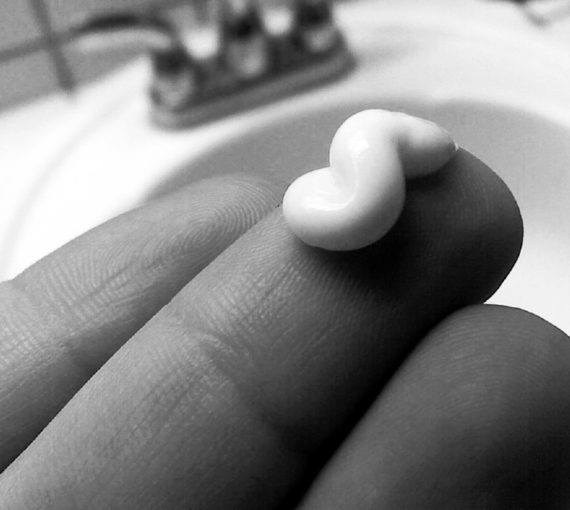Use in Cosmetics
Dibutyl phthalate (pronounced thal-ate), or DBP, is used mainly in nail products as a solvent for dyes and as a plasticizer that prevents nail polishes from becoming brittle. Phthalates are also used as fragrance ingredients in many other cosmetics, but consumers won’t find these listed on the label. Fragrance recipes are considered trade secrets, so manufacturers are not required to disclose fragrance chemicals in the list of ingredients (see also Fragrance/Parfum). DBP is also commonly used in polyvinyl chloride plastic (PVC) to render it flexible.
Health and Environmental Hazards
DBP is absorbed through the skin. [i] It can enhance the capacity of other chemicals to cause genetic mutations, although it has not been shown to be a mutagen itself. [ii] In laboratory experiments, it has been shown to cause developmental defects, changes in the testes and prostate, and reduced sperm counts. [iii,iv] The European Union classifies DBP as a suspected endocrine disruptor on the basis of evidence that it interferes with hormone function, [v] and as toxic to reproduction on the basis that it may cause harm to the unborn child and impair fertility. [vi] As well, Health Canada notes evidence suggesting that exposure to phthalates may cause health effects such as liver and kidney failure in young children when products containing phthalates are sucked or chewed for extended periods. [vii]
The European Union classifies DBP as very toxic to aquatic organisms. viii Under the Convention for the Protection of the Marine Environment of the North-East Atlantic, DBP is listed as a Chemical for Priority Action. [ix]
Regulatory Status
Health Canada recently announced regulations banning six phthalates (including DBP) in soft vinyl children’s toys and child care articles, but its use in cosmetics is not restricted.
International regulations are stronger. The European Union bans DBP in cosmetics, as well as in childcare articles and toys.
Related Ingredients
Other phthalates are widely used as fragrance ingredients in cosmetics — in particular diethyl phthalate (DEP). DEP is suspected of interfering with hormone function (endocrine disruption), causing reproductive and developmental problems among other health effects. Fragrance recipes are considered trade secrets, so manufacturers are not required to disclose fragrance chemicals in the list of ingredients. The best bet to avoid phthalates in fragrances is to use products that are “fragrance-free” (but beware of products marketed as “unscented” — see Fragrance/Parfum).
i Janjua NR. “Systemic uptake of diethyl phthalate, dibutyl phthalate, and butyl paraben following whole-body topical application and reproductive and thyroid hormone levels in humans.” Environ. Sci. Technol. 41, 15 (2007): 5564-5570.
ii Kim MY, Kim YC, Cho MH. “Combined treatment with 4-(N-methyl-N-nitrosamino)-1- (3-pyridyl)-1-butanone and dibutyl phthalate enhances ozone-induced genotoxicity in B6C3F1 mice.” Mutagenesis 17, 4 (Jul 2002):331-6.
iii Henley DV, Korach KS. “Endocrine-disrupting chemicals use distinct mechanisms of action to modulate endocrine system function.” Endocrinology 147, 6 Suppl (Jun 2006):S25-32.
iv Barlow NJ, McIntyre BS, Foster PM. “Male reproductive tract lesions at 6, 12, and 18 months of age following in utero exposure to di(n-butyl) phthalate.” Toxicol Pathol.32, 1 (Jan-Feb 2004):79-90.
v BKH. Towards the establishment of a priority list of substances for further evaluation of their role in endocrine disruption. Final Report to the European Commission DG ENV. Delft, Netherlands: BKH, 2000. https://ec.europa.eu/environment/docum/pdf/bkh_annex_13.pdf
vi European Commission. Regulation (EC) 1272/2008 , Annex VI, Table 3.2. Sep 2009. https://ecb.jrc.ec.europa.eu/classification-labelling/
vii Health Canada. Government of Canada Acts to Help Ensure Soft Vinyl Toys, Child-Care Articles and Other Consumer Products Are Safer. News Release. June 2009. https://www.hc-sc.gc.ca/ahc-asc/media/nr-cp/_2009/2009_96bk1-eng.php
viii European Commission. Regulation (EC) 1272/2008 , Annex VI, Table 3.2. Sep 2009. https://ecb.jrc.ec.europa.eu/classification-labelling/
ix OSPAR Convention for the Protection of the Marine Environment of the North-East Atlantic. OSPAR List of Chemicals for Priority Action (Update 2007). London: OSPAR Commission, 2007. www.ospar.org




